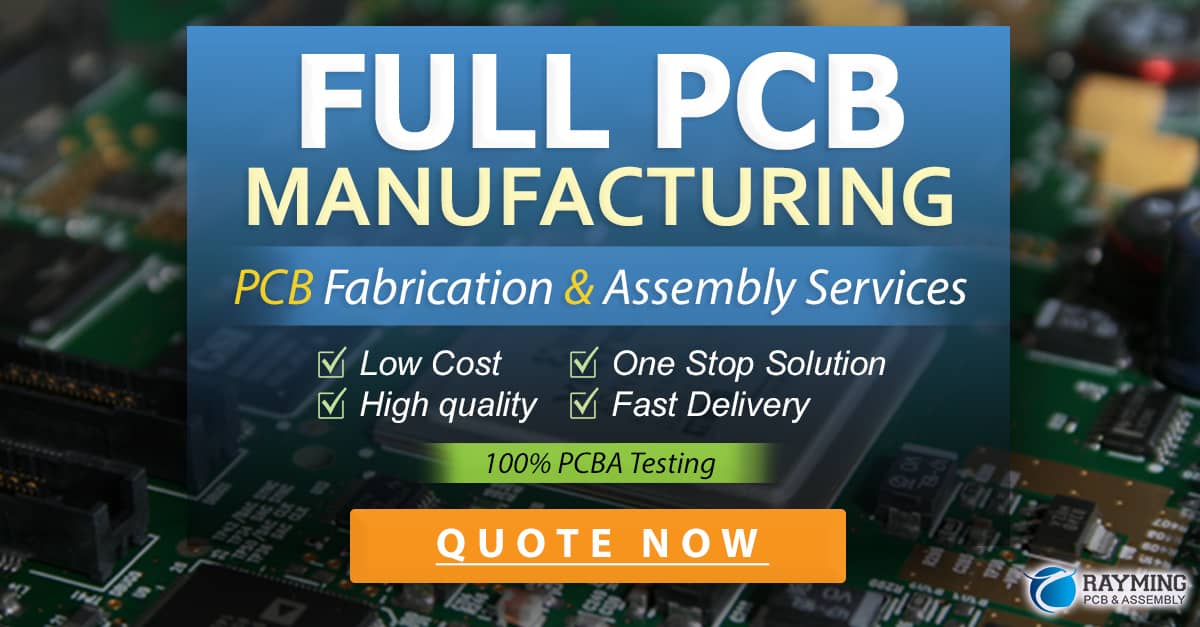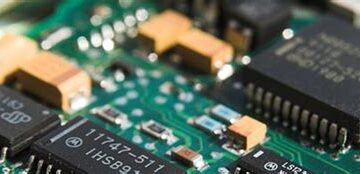PCB Industry Trends and Advancements
The printed circuit board (PCB) industry is constantly evolving, driven by technological advancements, changing market demands, and the need for more efficient and reliable electronic devices. In this article, we will explore the latest PCB News, focusing on the IPC standards that govern the industry and the trends shaping its future.
IPC Standards: Ensuring Quality and Reliability
IPC, formerly known as the Institute for Printed Circuits, is a global trade association that develops and publishes standards for the electronic interconnect industry. These standards cover various aspects of PCB design, fabrication, assembly, and testing, ensuring that PCBs meet the highest quality and reliability requirements.
Some of the most important IPC standards include:
- IPC-A-600: Acceptability of Printed Boards
- IPC-6012: Qualification and Performance Specification for Rigid Printed Boards
- IPC-2221: Generic Standard on Printed Board Design
- IPC-7351: Generic Requirements for Surface Mount Design and Land Pattern Standard
These standards are regularly updated to keep pace with the latest technological developments and industry best practices.
Advanced PCB Materials and Manufacturing Processes
One of the key trends in the PCB industry is the adoption of advanced materials and manufacturing processes. These innovations aim to improve the performance, reliability, and sustainability of PCBs while reducing costs and environmental impact.
High-Frequency and Low-Loss Materials
With the growing demand for high-speed and high-frequency applications, such as 5G networks and automotive radar systems, PCB manufacturers are increasingly using high-frequency and low-loss materials. These materials, such as low-loss tangent (Df) laminates and prepregs, offer superior electrical properties, enabling faster signal transmission and reduced signal loss.
| Material | Dielectric Constant (Dk) | Loss Tangent (Df) |
|---|---|---|
| FR-4 | 4.5 | 0.02 |
| Low-Loss Material A | 3.5 | 0.0035 |
| Low-Loss Material B | 3.0 | 0.0025 |
Embedded Components and 3D Printing
Another trend in PCB manufacturing is the use of embedded components and 3D printing technologies. Embedded components, such as resistors, capacitors, and inductors, are placed inside the PCB substrate, reducing the overall size and improving the performance of the board. 3D printing, on the other hand, enables the creation of complex, three-dimensional PCB structures, offering new design possibilities and improved thermal management.
Environmental Sustainability and Regulatory Compliance
As environmental concerns continue to grow, the PCB industry is focusing on sustainability and regulatory compliance. Manufacturers are adopting more eco-friendly materials and processes, such as halogen-free laminates and lead-free soldering, to reduce the environmental impact of PCBs.
Additionally, PCB manufacturers must comply with various regulations, such as the Restriction of Hazardous Substances (RoHS) directive and the Registration, Evaluation, Authorization, and Restriction of Chemicals (REACH) regulation, to ensure that their products meet the required safety and environmental standards.
Smart Factory and Industry 4.0
The PCB industry is also embracing the concept of the smart factory and Industry 4.0, leveraging advanced technologies such as artificial intelligence (AI), machine learning (ML), and the Internet of Things (IoT) to optimize production processes and improve efficiency.
Smart factories enable real-time monitoring and control of PCB manufacturing processes, reducing waste, minimizing downtime, and improving product quality. By collecting and analyzing vast amounts of data, manufacturers can identify potential issues and take proactive measures to prevent defects and failures.
Collaboration and Standardization Efforts
To address the challenges and opportunities presented by the rapidly evolving PCB industry, manufacturers, suppliers, and industry associations are collaborating to develop new standards and best practices.
For example, IPC has established the Connected Factory Exchange (CFX) standard, which aims to facilitate the exchange of data between different machines, systems, and software applications in a PCB factory. This standardization effort enables seamless integration and interoperability, promoting efficiency and flexibility in PCB manufacturing.
FAQ
-
Q: What is the role of IPC standards in the PCB industry?
A: IPC standards provide guidelines and specifications for PCB design, fabrication, assembly, and testing, ensuring that PCBs meet the highest quality and reliability requirements. These standards are regularly updated to keep pace with the latest technological developments and industry best practices. -
Q: What are some of the advanced materials used in PCB manufacturing?
A: High-frequency and low-loss materials, such as low-loss tangent (Df) laminates and prepregs, are increasingly being used in PCB manufacturing to meet the demands of high-speed and high-frequency applications. These materials offer superior electrical properties, enabling faster signal transmission and reduced signal loss. -
Q: How are embedded components and 3D printing technologies changing PCB design and manufacturing?
A: Embedded components, such as resistors, capacitors, and inductors, are placed inside the PCB substrate, reducing the overall size and improving the performance of the board. 3D printing technologies enable the creation of complex, three-dimensional PCB structures, offering new design possibilities and improved thermal management. -
Q: What are some of the environmental and regulatory challenges faced by the PCB industry?
A: The PCB industry is focusing on sustainability and regulatory compliance, adopting more eco-friendly materials and processes to reduce the environmental impact of PCBs. Manufacturers must comply with various regulations, such as the RoHS directive and the REACH regulation, to ensure that their products meet the required safety and environmental standards. -
Q: How is the PCB industry leveraging Industry 4.0 technologies to optimize production processes?
A: The PCB industry is embracing the concept of the smart factory and Industry 4.0, leveraging advanced technologies such as AI, ML, and IoT to optimize production processes and improve efficiency. Smart factories enable real-time monitoring and control of PCB manufacturing processes, reducing waste, minimizing downtime, and improving product quality.
Conclusion
The PCB industry is undergoing significant transformations driven by technological advancements, changing market demands, and environmental concerns. By adopting advanced materials, manufacturing processes, and Industry 4.0 technologies, PCB manufacturers are striving to create more efficient, reliable, and sustainable products.
IPC standards continue to play a crucial role in ensuring the quality and reliability of PCBs, while collaboration and standardization efforts promote efficiency and flexibility in PCB manufacturing. As the industry continues to evolve, it is essential for manufacturers to stay abreast of the latest trends, technologies, and best practices to remain competitive in the global market.




0 Comments